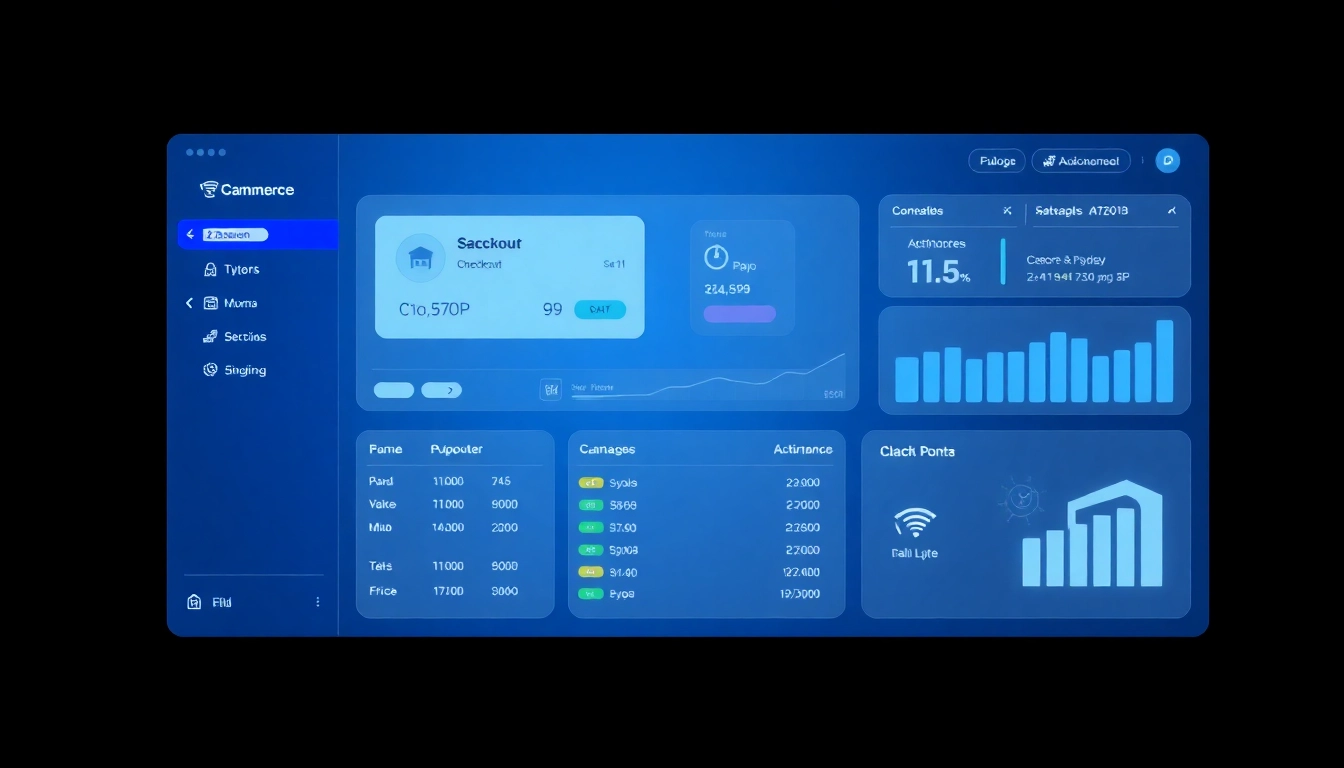The emphasis is on leveraging technology to accelerate value, from frictionless checkout to data‑driven personalization. The role of technology in shaping outcomes motivates teams to tighten decisions around product discovery, services, and support across channels.
What Makes Customers Click: Unlocking Better UX and Checkout Experiences
Mapping customer journeys with technology insights
Effective click-through starts with precise journey mapping. Combine analytics, heatmaps, and session recordings to identify where users abandon or stall. Use AI-powered search and recommendation engines to shorten discovery time, optimize category trees, and surface relevant content at each micro-m moment—from initial intent to checkout. Document each step—search, browse, compare, pay—and assign measurable improvements to proposed changes.
UX metrics and checkout benchmarks
Track conversion rate, cart abandonment, time to complete checkout, and form field length. Set benchmarks such as checkout completion within two minutes on desktop and under 60 seconds on mobile. Regularly review mobile page speed, accessibility scores, and trust signals (security badges, clear return policies) to keep friction low and confidence high.
Friction points and quick wins in ecommerce
Common blockers include slow load times, complex forms, price shock at checkout, and limited payment options. Quick wins: optimize images and scripts for speed, enable guest checkout, implement autofill and smart defaults, show a transparent shipping estimate early, and offer multiple, widely trusted payment methods. Pair these with progress indicators and real-time validation to maintain momentum.
Best Practices for AI Deployment in Business Operations
Aligning AI with business goals and data technology strategy
Begin with clear business outcomes (e.g., cost reduction, faster decision-making, personalized experiences). Map data sources to model requirements, establish a data governance framework, and define an MLOps pipeline for training, deployment, monitoring, and retirement. Tie AI initiatives to KPI improvements such as lift in revenue, reduced cycle times, or improved accuracy of forecasts.
Governance, ethics, and risk management in technology projects
Institute bias checks, explainability where feasible, and ongoing model monitoring for drift. Maintain data privacy by design, implement access controls, and document governance roles. Build risk registers and conduct periodic audits to anticipate regulatory changes and protect customer trust.
Measuring impact: technology ROI and performance KPIs
Measure ROI with pre/post analyses: cost savings, incremental revenue, and time saved. Track model performance (accuracy, precision, recall) alongside business metrics (conversion lift, CSAT impact, or service cycle time reductions). Use dashboards that correlate AI interventions with tangible outcomes to sustain executive buy-in.
Transforming Customer Interactions for Enhanced Business Outcomes
Personalization at scale with data-driven tech
Deliver personalized experiences through dynamic content, product recommendations, and tailored messaging powered by unified customer data. Balance personalization with privacy by design, offering meaningful controls and clear value propositions. Use intention signals and cohort-based experiences to scale relevance without overwhelming users.
Tech-enabled customer support automation vs human touch
Leverage AI-assisted chat, intent routing, and scripted escalation to human agents for complex inquiries. Automate routine handling to reduce response times, but preserve a human touch for nuanced issues. Measure CSAT, first contact resolution, and average handle time to calibrate the mix of automation and live support.
Experience metrics in technology ecosystems: CSAT, NPS, and response times
Implement cross-channel experience metrics that reflect end-to-end journeys. Track CSAT and NPS by channel, monitor response times, and flag gaps between customer expectations and actual delivery. Use these benchmarks to drive continuous improvement across product, support, and operations.
STP in Action: Segmentation to Precise Positioning with Technology
Technology-enabled market segmentation methods and data sources
Combine first-party data, on-site behavior, CRM histories, and social listening to form granular segments. Apply clustering techniques and predictive scoring to identify micro-segments with distinct needs. Ensure compliance with privacy policies while enriching segments with behavior over time for dynamic targeting.
Targeting strategies that resonate with segments
Tailor messaging and offers to each segment, using dynamic creatives and channel-appropriate formats. Allocate budgets based on predicted lifetime value and propensity-to-convert, and test messages across segments to refine tone, value props, and calls to action.
Tech-informed positioning statements and messaging frameworks
Articulate a clear value proposition for each segment, supported by evidence from data. Maintain consistency in brand voice while adapting terminology to segment needs. Use testable messaging frameworks to quantify resonance and adjust positioning as markets evolve.
Technology-Driven Universal Design and Multilingual Coding for Global Audiences
Technology-driven design systems, accessibility, and multilingual UX
Adopt a design system to ensure consistency across products and languages. Prioritize accessibility (WCAG compliance), responsive layouts, and multilingual UX that handles right-to-left languages, locale-specific formatting, and cultural nuances. Build inclusive patterns that scale globally without sacrificing usability.
Multilingual coding best practices and technology interview prep
Implement robust internationalization (i18n) and localization (l10n) practices: proper encoding, date/currency formatting, and locale-aware content. Prepare for interviews with a balance of system design, coding challenges, and real-world localization scenarios to showcase multilingual proficiency and scalable thinking.
Hiring designers: cost-effective tech talent strategies
Leverage remote teams, blended in-house and freelance models, and structured evaluation criteria to optimize costs. Use portfolio-based assessments, practical design tasks, and collaboration simulations to ensure you hire designers who can operate effectively within a tech-driven, multilingual ecosystem.
Conclusion and Practical Next Steps
To stand out in a competitive tech landscape, integrate UX excellence with AI rigor and global accessibility. Start with a UX and checkout audit, define AI-enabled KPI goals, map STP-driven messaging, and adopt a multilingual design framework. Establish governance, measure impact, and iterate rapidly to translate technology into tangible business outcomes.
- Audit: user flows, speed, and checkout friction
- Governance: data, ethics, and risk management
- STP: segment, target, and position with data
- Global design: accessibility and multilingual readiness
- Hiring: cost-efficient, outcome-focused talent strategies









